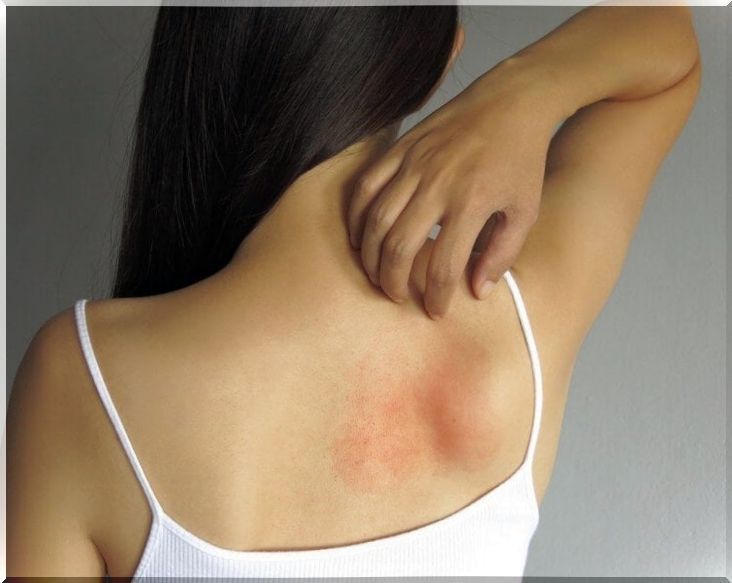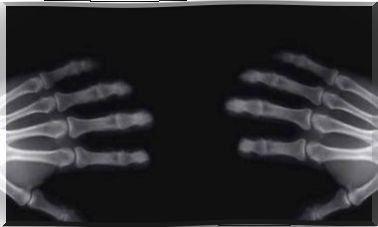Still’s Disease: The Entire Organism Affected By A Single Disease
Still’s disease is included within rheumatic diseases, which cover a wide range of symptoms, especially autoimmune and musculoskeletal. They are what are called “umbrella terms”, created to group very disparate pathologies that are not fully understood.
The etiology of the disease is still unknown. However, hypotheses have been considered in relation to genetic, immune, hormonal or stressful factors. It was even proposed that the beginning was some kind of infectious process, perhaps related to the rubella or mumps viruses.
Let’s see more about it.
Types
There are two main types of Still’s disease depending on whether they appear before or after adolescence:
- Systemic juvenile idiopathic arthritis. It mainly affects children under 5 years of age. It can be episodic (an isolated occasion) or recurrent (several episodes occur). There is some confusion as to how often it appears. However, it is the most common rheumatic disease of childhood.
- Adult Still’s disease. It appears between the ages of 16 and 35, and is slightly predominant in the female sex. In this case, it is a chronic disease, with periods when the symptoms are more severe, known as recurrences. It occurs in about one person in 100,000.
Both present differences in terms of symptoms. However, they share the so-called classic triad: fever, rash (skin rash) and joint pain.
Signs and symptoms of the juvenile variant

- Intermittent fever, with one or two peaks a day. It does not respond to antipyretics (drugs that fight fever, such as paracetamol).
- Maculo-papular pink skin rash, that is, it combines these two types of skin disorders.
- Arthritis: inflammation of the joints, which in this case can even destroy them. It mainly affects the knees, ankles, wrists and the cervical spine. Here, spontaneous pain or pressure, increased heat or limited mobility may appear.
- Generalized lymphadenopathy. The lymph nodes are affected, and they become enlarged and / or swollen. In the mesenteric nodes (those located in the abdomen) these lymphadenopathies can lead to abdominal pain.
- Splenomegaly and hepatomegaly: refer respectively to the enlargement of the spleen and liver. This symptom is rare.
- Pleuropulmonary manifestations: Subclinical pericarditis is generally observed. The pericardium, the serous layer (a mixture of epithelial tissue with connective tissue) that lines the heart becomes inflamed. However, it does not usually cause too much discomfort.
- Amyloidosis : Amyloid material (a kind of protein) can be deposited in different parts of the body.
- Macrophage activation syndrome : macrophages (blood cells of immune lineage) destroy other blood cells. This is what is known as a hemophagocytic syndrome.
Signs and Symptoms of Adult Still’s Disease

- High fever in peaks (increases considerably sharply) especially in the late afternoon.
- Salmon-colored skin rash that comes and goes with febrile episodes.
- Polyarthritis especially in the knees and carpals (bones of the palm of the hand). Initially it also accompanies fever, but if it is not controlled, it can become chronic, being especially destructive.
- Odynophagia : pain when swallowing, which is not accompanied by lesions in the mouth or pharynx.
- Serositis: inflammation of the serosae, in this case pericardium and pleura (layer that surrounds the lungs). This affectation is more frequent in adults than in children.
- Hepatosplenomegaly and lymphadenopathy: enlargement of the liver, spleen and lymph nodes.
- Other manifestations of a very disparate nature. Heart, kidneys and nervous system can be affected. Amyloidosis and macrophage activation syndrome may also appear.
Still’s disease treatment
Since Still’s disease is of unknown cause, a cure cannot be found. Therefore, the existing treatment is aimed at alleviating and controlling the symptoms. To do this, they are used:
- NSAIDs (medicines that fight inflammation, fever and pain). Examples of NSAIDs are ibuprofen and naproxen. They are not usually enough to alleviate the symptoms so it is necessary to resort to glucocorticoids (anti-inflammatory, anti-allergenic and immunosuppressant).
- DMARDs (disease modifying drugs):
- Traditional DMARDs: the mechanism of action of each drug included in this group is very diverse. They exist from modifiers of biochemical processes to inhibitors of cell proliferation.
- Biological DMARDs: their mechanism of action has to do with the modification of immunity.









